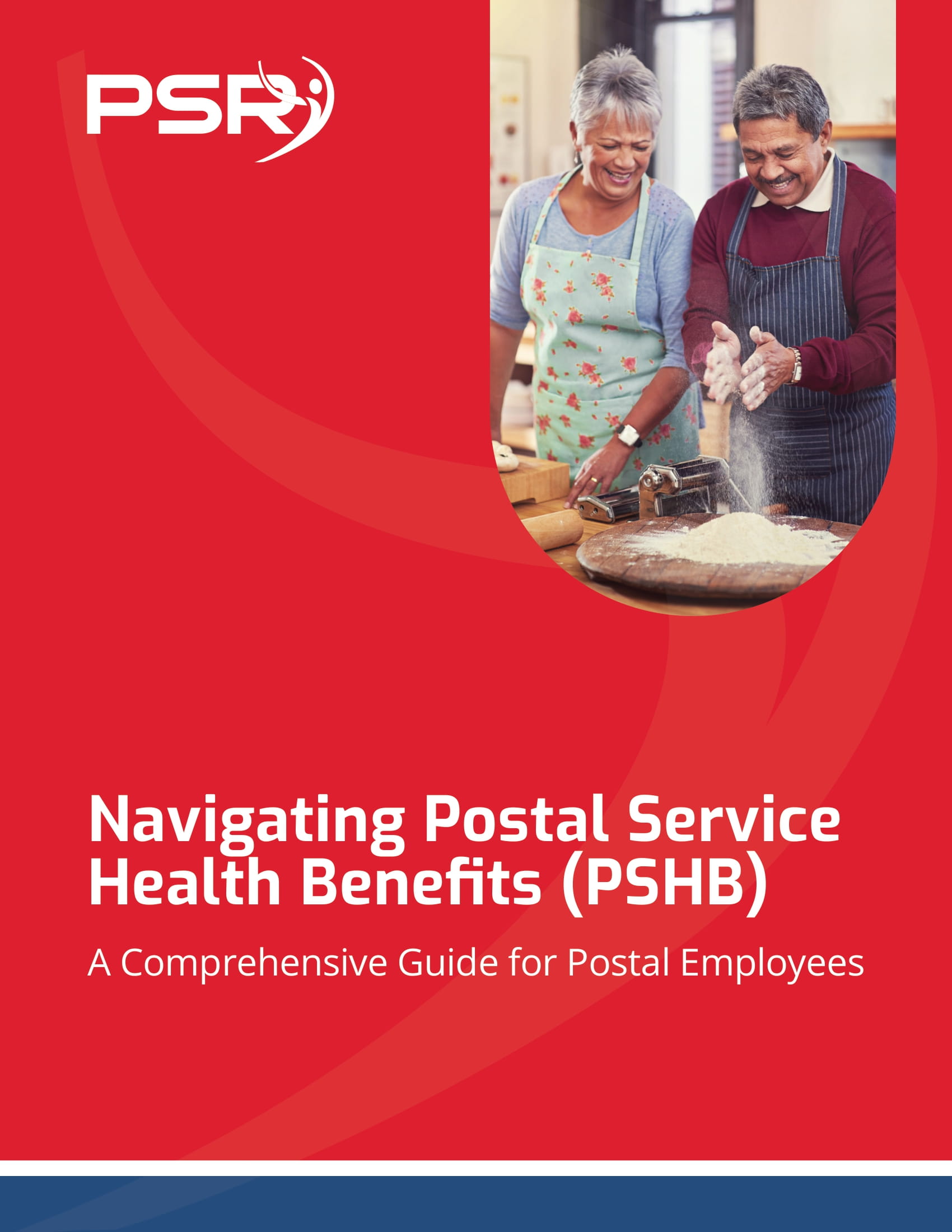Key Takeaways
-
Understanding your retirement benefits can help you create a practical and sustainable plan for early retirement.
-
Strategic planning and informed decisions ensure a healthier, more satisfying retirement lifestyle.
Why Federal Employees Are Embracing Early Retirement
For many federal employees, the prospect of early retirement isn’t just about leaving the workforce—it’s about improving your quality of life. Early retirement offers the opportunity to explore personal passions, spend more time with loved ones, and focus on your well-being. However, achieving this dream requires planning and a clear understanding of your options.
Let’s explore four effective strategies that can help you retire earlier while maintaining financial security and personal fulfillment.
1. Maximize Your Retirement Savings
- Also Read: FAA, Law Enforcement, and Special Federal Employee Categories—Here’s What Makes Their Retirement Unique
- Also Read: Blending Private and Public Sector Retirement Plans Is Complicated—Here’s Where Couples Get It Wrong
- Also Read: The Silent Shift in Postal Service Retirement Benefits That Could Change Everything by 2026
Your financial health is the cornerstone of early retirement. Federal employees have access to several tools that can help you build a solid nest egg.
Leverage Your Thrift Savings Plan (TSP)
The TSP is an essential part of your retirement savings. Make sure you’re maximizing contributions to take full advantage of the government’s matching funds. For 2025, the contribution limit is $23,500, with an additional $7,500 catch-up contribution if you’re over 50. These limits give you a significant opportunity to grow your savings tax-deferred.
Diversify Investments
While the TSP offers a range of funds, consider complementing it with outside investments like IRAs to further diversify your portfolio. This can help protect your savings against market volatility and increase your returns over time.
Reduce Debt
Eliminating high-interest debt before retirement is crucial. By reducing your monthly obligations, you free up more of your income for savings and living expenses.
2. Understand Your Federal Retirement Benefits
Federal employees have access to robust retirement systems, but understanding how these benefits work can make or break your early retirement plan.
Federal Employees Retirement System (FERS)
FERS provides a three-tiered approach to retirement: a basic annuity, Social Security benefits, and your TSP. The basic annuity is calculated based on your high-3 average salary and years of service. If you’re considering early retirement under the Minimum Retirement Age (MRA) + 10 rule, remember that your annuity may be reduced unless you delay receiving it until reaching your MRA.
Health Insurance Coverage
Retaining your Federal Employees Health Benefits (FEHB) coverage into retirement is a significant advantage. Many federal retirees coordinate FEHB with Medicare to minimize out-of-pocket healthcare costs. Keep in mind that certain FEHB plans may waive deductibles or reduce premiums when combined with Medicare Part B.
Social Security Timing
While you can start receiving Social Security benefits as early as age 62, waiting until your full retirement age or later increases your monthly benefit. Consider your financial needs and life expectancy when deciding the optimal time to start benefits.
3. Plan for Healthcare Costs
Healthcare is a major expense in retirement. Ensuring you’re adequately covered is essential for your financial and physical well-being.
Evaluate FEHB and Medicare
Federal retirees benefit from being able to keep their FEHB coverage, but Medicare eligibility at age 65 introduces new decisions. Many retirees opt for Medicare Part B to complement their FEHB plan. Medicare Part A typically comes at no additional cost if you’ve paid sufficient payroll taxes, but Medicare Part B has a monthly premium. Balancing these costs with your coverage needs can help you manage expenses effectively.
Consider Long-Term Care
As you age, long-term care services may become necessary. Federal Long Term Care Insurance Program (FLTCIP) provides options to help cover these costs, which aren’t typically covered by Medicare or FEHB plans. Planning early can save you from high out-of-pocket expenses later.
4. Develop a Lifestyle Plan
Financial planning alone isn’t enough for a happy and healthy early retirement. You also need a clear vision of how you’ll spend your time and maintain your well-being.
Pursue Hobbies and Passions
Retirement offers a chance to focus on activities you’ve always wanted to explore but never had time for. Whether it’s traveling, volunteering, or developing a new skill, engaging in fulfilling activities enhances your quality of life.
Stay Active
Maintaining physical and mental health is critical. Establish a routine that includes exercise, social engagement, and mental stimulation. Joining clubs, attending classes, or participating in community events are great ways to stay connected and vibrant.
Plan Your Living Arrangements
Deciding where and how you’ll live in retirement is an important part of your lifestyle plan. Whether you’re downsizing, relocating, or staying in your current home, evaluate the costs and suitability of your living situation for the long term.
Balancing Financial and Lifestyle Goals
Early retirement is a balancing act. By aligning your financial strategies with your desired lifestyle, you can ensure a smoother transition from your working years to retirement. Regularly review and adjust your plans as needed to stay on track.
Staying Informed and Proactive
Federal retirement benefits and healthcare options change over time. Staying informed about these updates can help you make better decisions. Use annual open enrollment periods to review and adjust your benefits to fit your evolving needs.
Retire Happier, Healthier, and Smarter
Taking control of your retirement journey now can lead to a more satisfying future. By focusing on these proven strategies, you’ll be better prepared to enjoy a healthier, happier, and financially secure early retirement.









